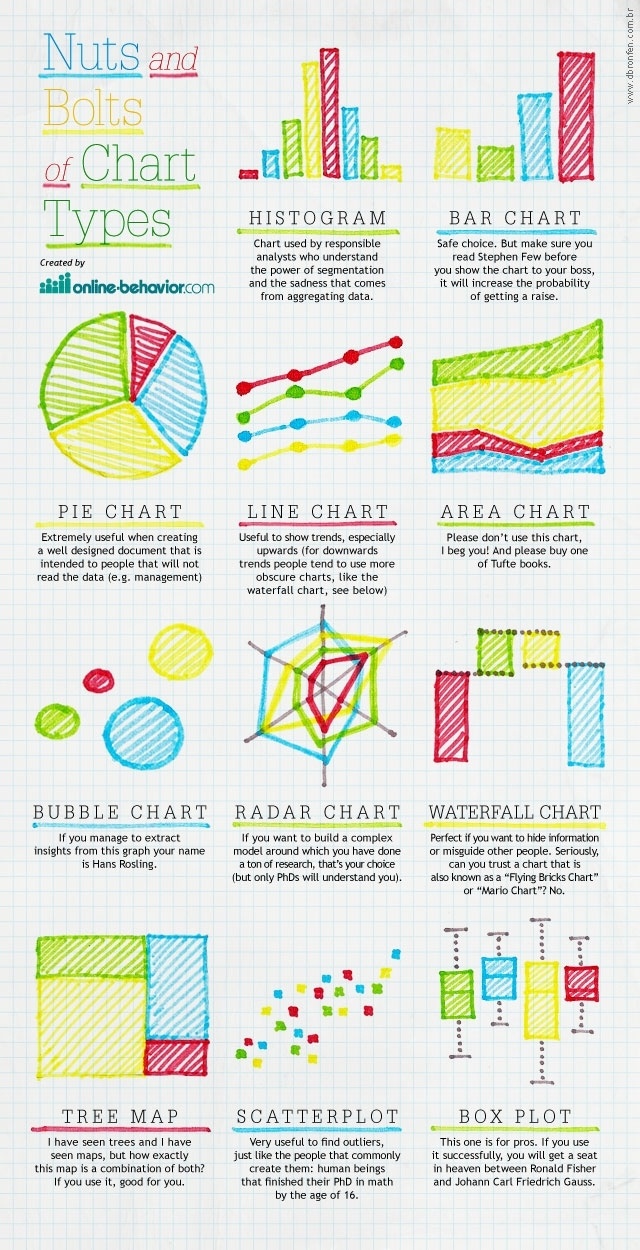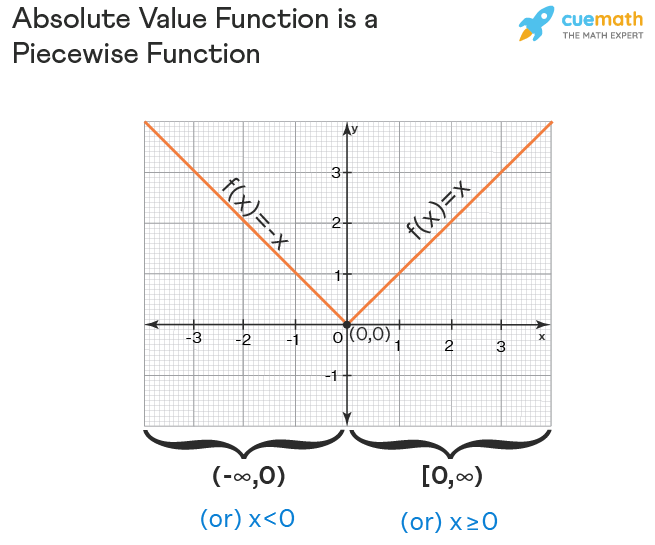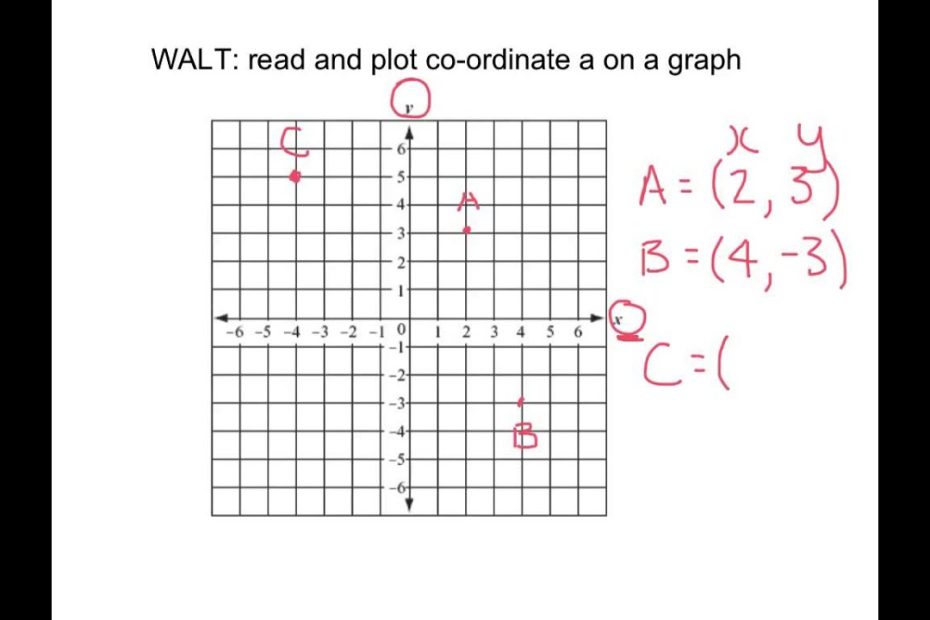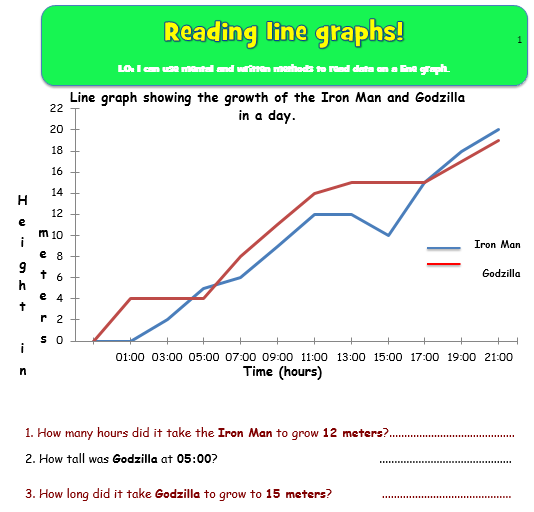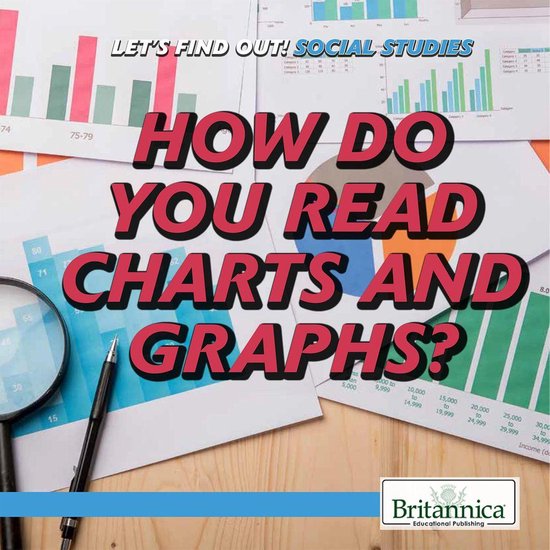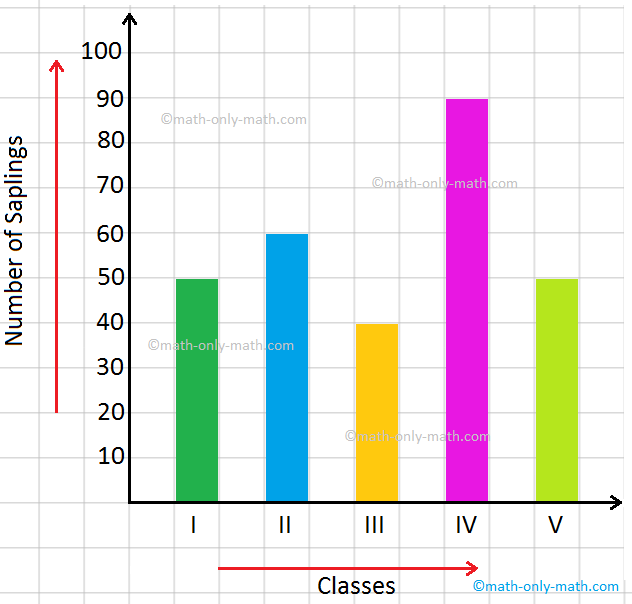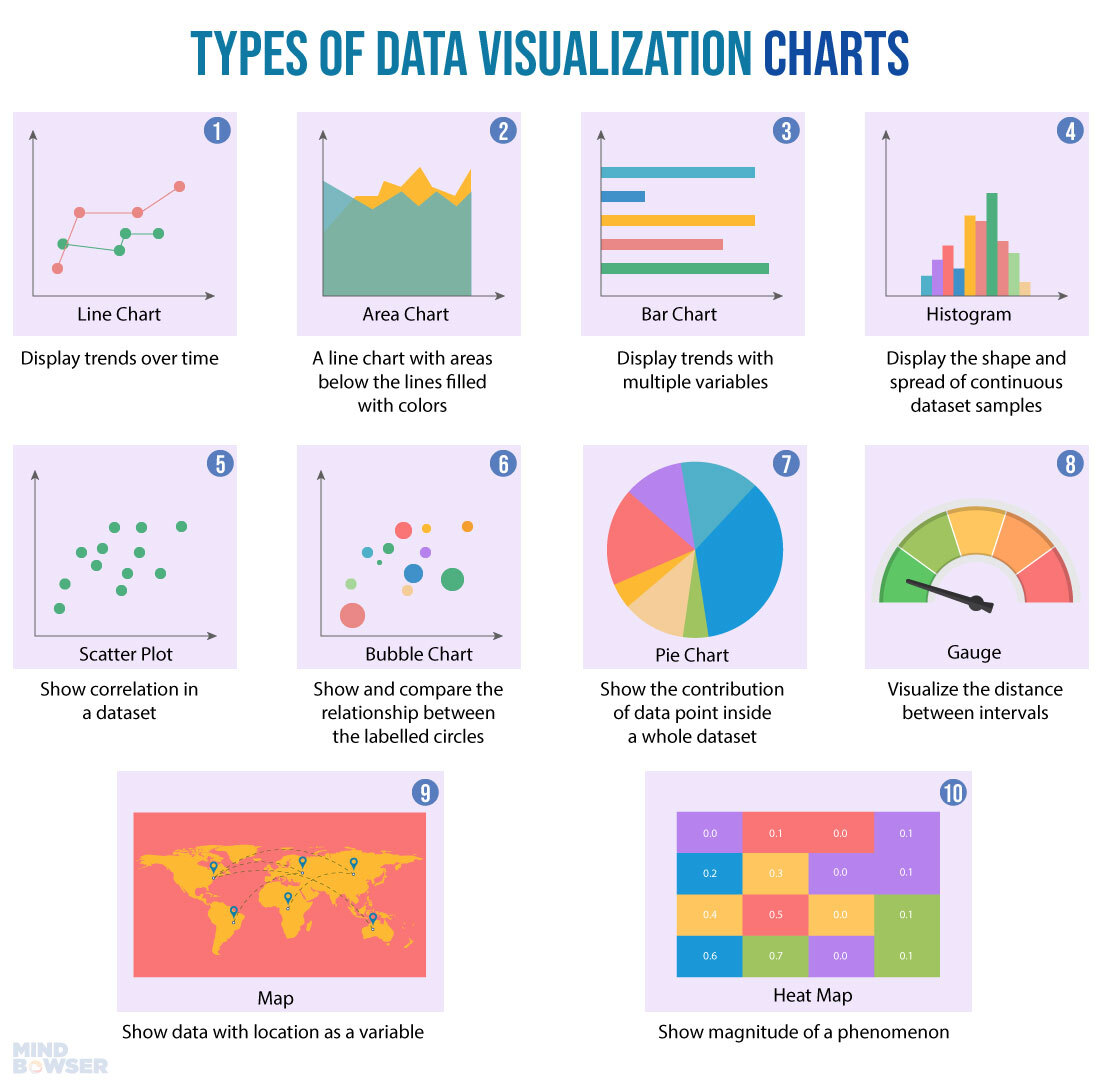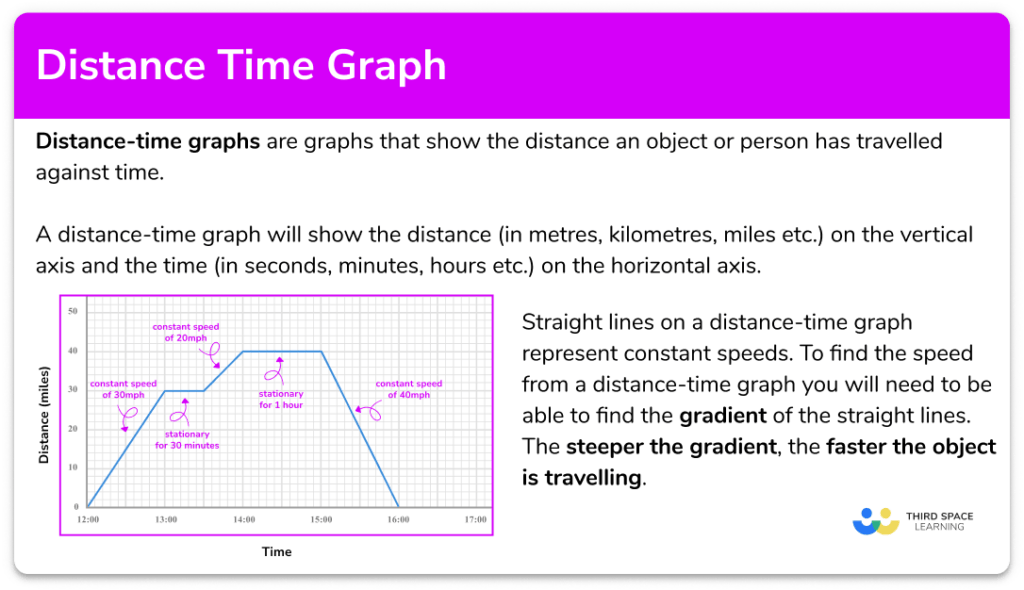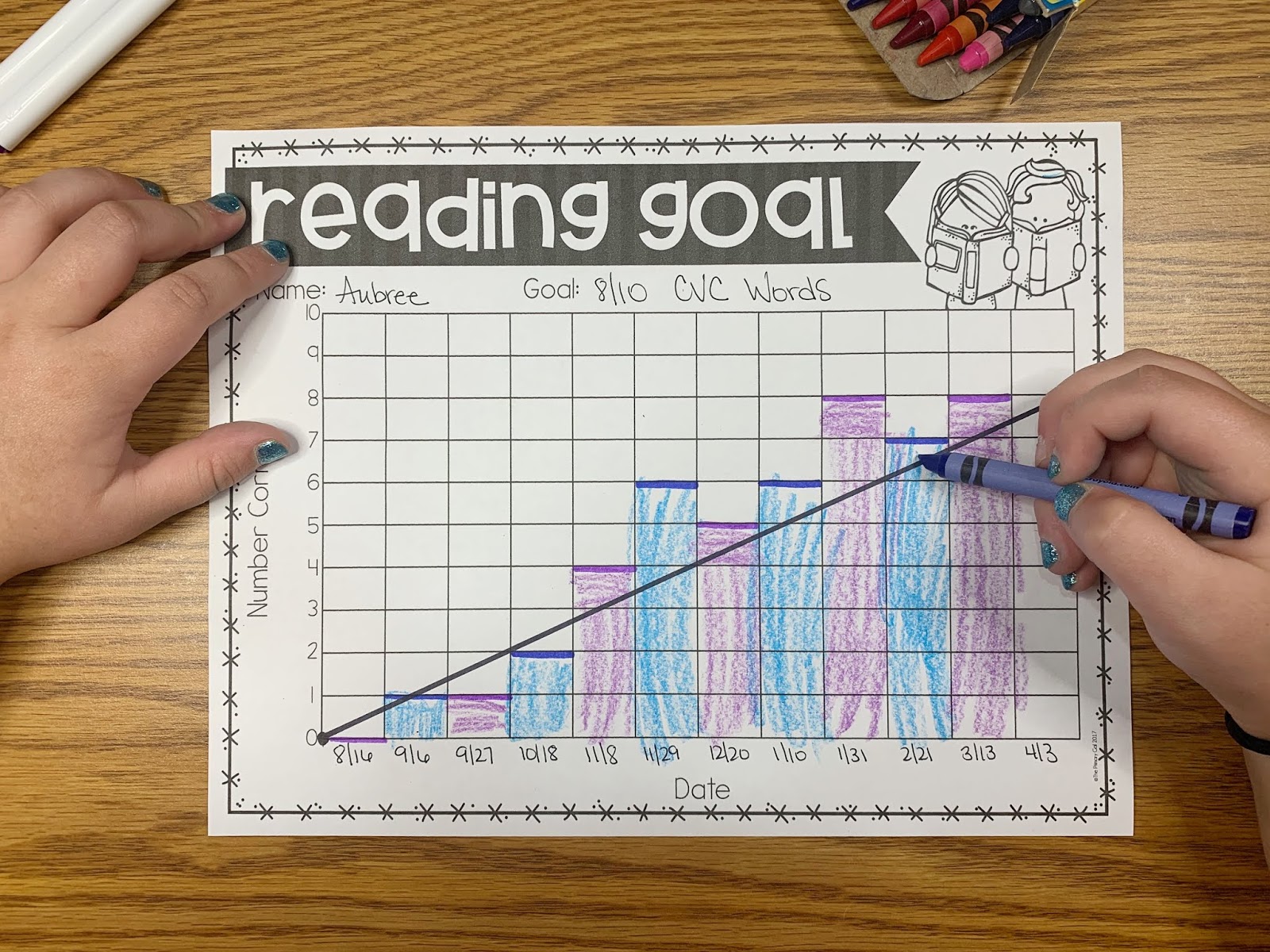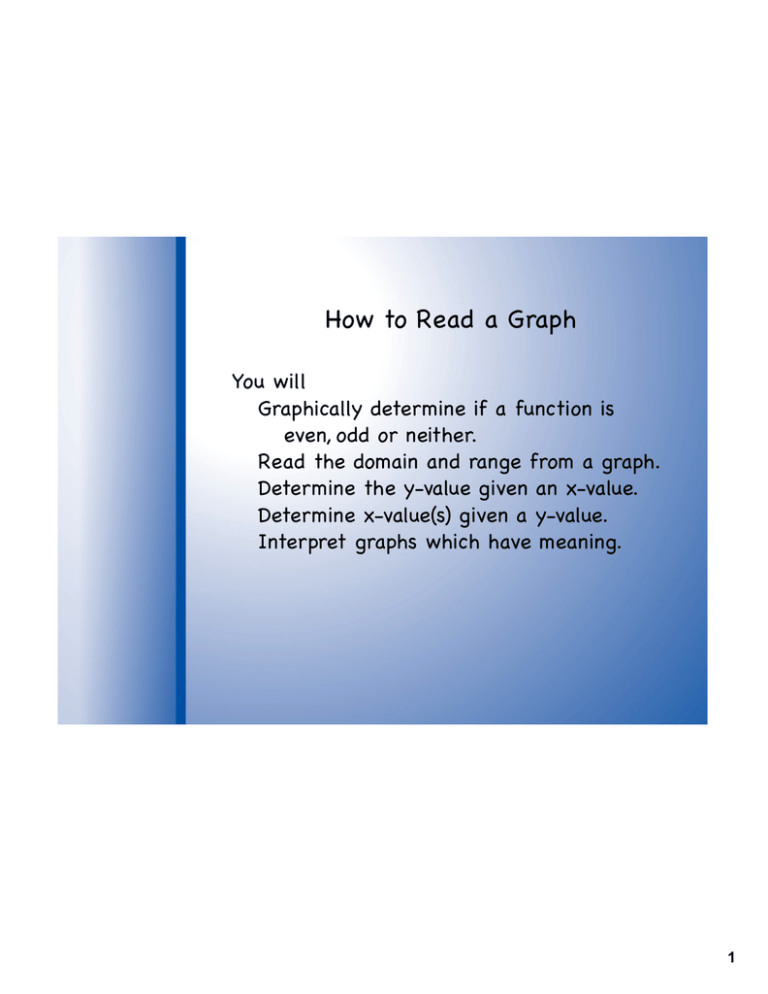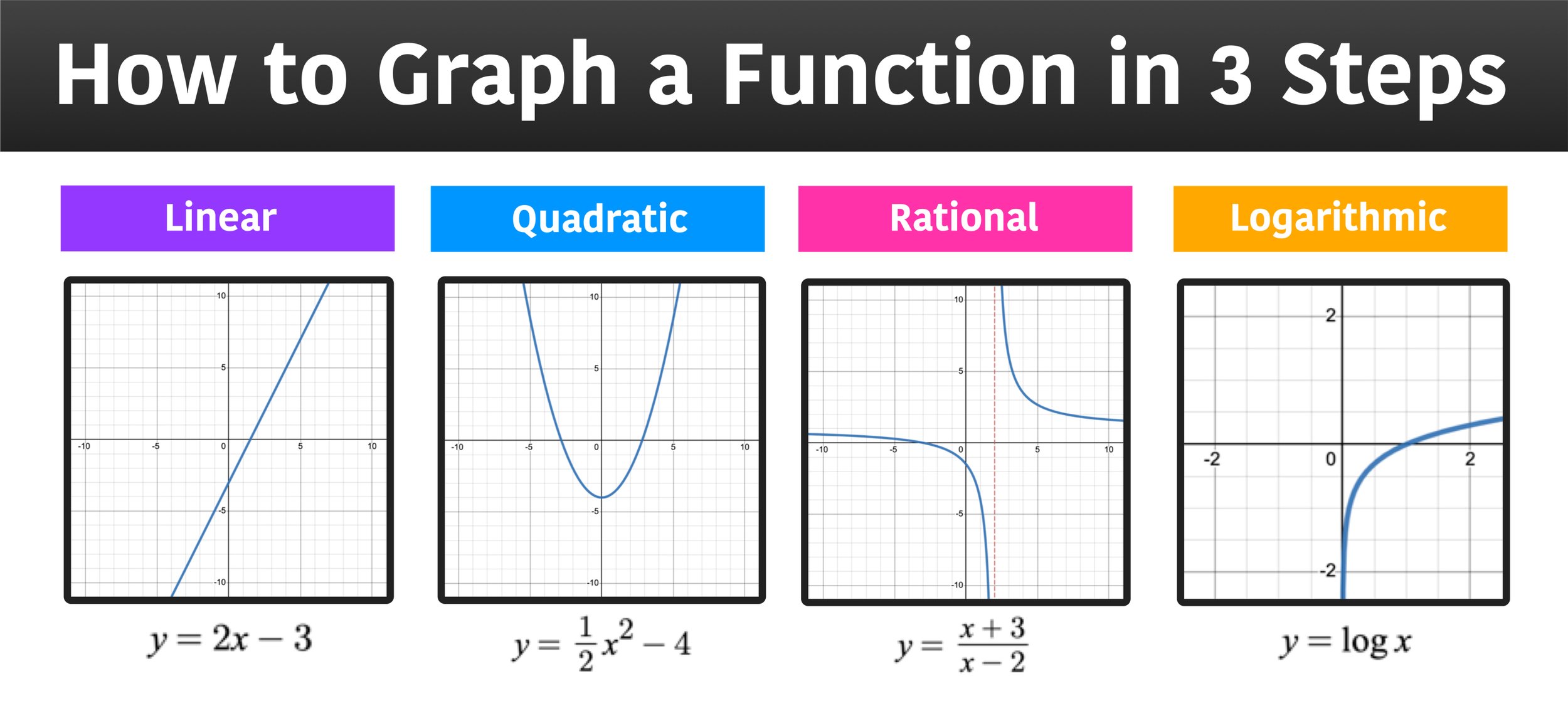Outstanding Info About How Do You Read A Graph Effectively Plot Smooth Line Matlab

Consider the following elements for different graphs.
How do you read a graph effectively. Understanding how to read graphs can help you gain the skills to take the next step in your career. How to read and explain charts and graphs. How to read a graph.
Identify what the graph represents. Ask these questions when you encounter visual data in your reading: Reading a graph or chart means that we can look at the chart or graph and understand what it is trying to tell us.
Start with the skeleton of the graph. If it does, it may help to determine. Instead, introduce your audience to the visual by.
These charts represent data with rectangular bars, making them ideal for comparing values between categories. You will graphically determine if a function is even,odd or neither. Line graphs and bar graphs are both visual ways of representing two or more data sets and their interrelation.
How do you read graphs and tables? Once you create a fascinating graph for your presentation, it is time to know how to describe graphs, charts, and diagrams. Resist the urge to talk about the shape of the data immediately.
I’ll guide you through the types of graphs and practical ways to write about. How to explain a graph. It involves picking out data points of interest and gives a quick.
Identify key elements that convey information to analyze and recognizing trends, patterns, outliers or clusters in graphs and diagrams. In this article, we will cover four essential steps to help you read and analyze graphs with ease. Here are steps you can use to explain a graph effectively:
In this article, we discuss what reading graphs entails, explain. Read the domain and range from a graph. First, look to see if the graph has a title.
4 steps to in helping to better interpret graphs. They make it easy to see trends and the amount of variation in the. It’s one thing to tell someone about your achievements, but actually showing them will make more of an impact on readers.
Identify the type of graph. Analyze patterns and trends. Understand the use of each type of graph.


